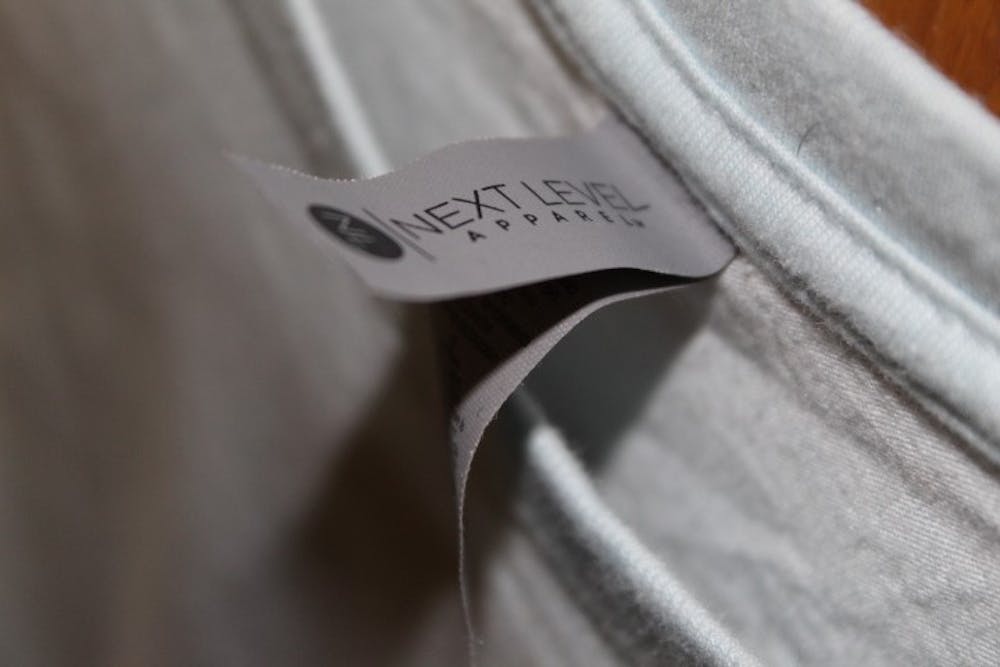Tactile sensitivity associated with sensory processing disorder can be make-or-break when it comes to personal fashion style and choices. And still, when you look online to find solutions for sensory sensitivities, the answers have a practically nonexistent range between “meeting sensory needs for kids” and lists of colorless, shapeless adult clothing.
Neither of these solutions genuinely address the issues or acknowledges that people with sensory sensitivities might still want to express themselves with fashion. If you like wearing a beige strip of fabric every day, more power to you — for the rest of us, there are some simple changes to maintain levels of sensory comfort while still wearing the things we like.
Tags
One of the most frequent sensory issues with clothing is irritating clothing tags. These tags are often placed at the back of a shirt collar or the back of pants and cause constant friction, something that can become painful to those with sensory sensitivities.
Before removing tags, it is important to make a note of what information they contain. Some tags just have sizes on them and others have wash instructions. If this information is relevant, you should document the information before you remove the tags. Take a picture of the clothing with the tag on it so that you can remember which clothing it belongs to, and then take a picture of the tag up close to keep a record of important information.
Socks
Most socks either have tight elastic around the ankle, a seam along the toe that can be more than just a little bothersome, or lack any elasticity and therefore slip off your heel all day.
Replace loose socks or socks that leave uncomfortable imprints on your ankles with slouchy crew socks. These can be pulled up or down and don’t leave marks or restrict blood flow. They also come in neutrals, brights and patterns, so they can match any style. For those who find issue with seams, you can purchase compression socks traditionally made for people with diabetes — these are usually seamless.
Fabrics
Synthetic fabric blends are often irritating to the skin of those with sensory sensitivities, more so than most other fabrics. Paying closer attention to the fabrics that you find comfortable can help eliminate this irritation. If you don’t yet have a starting point, I recommend testing out natural fabrics and making a note of which ones feel comfortable.
You can do this just by touching certain types of fabrics if you don’t want to try on clothing, which can be an intensive sensory experience of its own. I tend to skip trying on clothes until I find a fabric that is tolerable to my hands first, something I would recommend others do as well.
Pressure
Get content from The Daily Lobo delivered to your inbox
Specific individuals with sensory sensitivities can be sensory-seeking rather than just sensory-avoidant. Many of these people may prefer stimulation in their clothing. Heavier pieces of clothing like vests, jackets or sweaters can be layered over thinner clothing, especially when the outer fabric is less desirable. A heavy wool sweater may provide the right pressure, but the texture may need to be negated with a protective layer.
Compression vests can also be purchased, although most of these are thin underclothes and will not fit over something bulkier if needed. It may be important to find out if the texture or pressure is bothersome to you before making a purchase.
Pants
If tight-fitting pants like jeans feel restrictive to you, you can switch to trousers or skirts, often made of lighter, looser materials with more options for different cuts. As a bonus, these often come in more patterns and colors than jeans do.
For those who prefer tighter clothing with more breathability, leggings or yoga pants are a good replacement for jeans. They are stretchy but also provide compression and often fit without alterations or belts.
By far the most foolproof way to express yourself while paying attention to your sensory sensitivities is finding something you like and then building off the same outfit every day. A formula doesn’t have to be boring. You can mix prints and colors and top layers, but with a basic idea of what you find the most comfortable, you won’t struggle with frequent sensory issues because of clothing itself.
Detroit Kallunki is a freelance reporter with the Daily Lobo. They can be reached at culture@dailylobo.com or on Twitter @DailyLobo
Detroit Kallunki is a senior reporter with the Daily Lobo.






